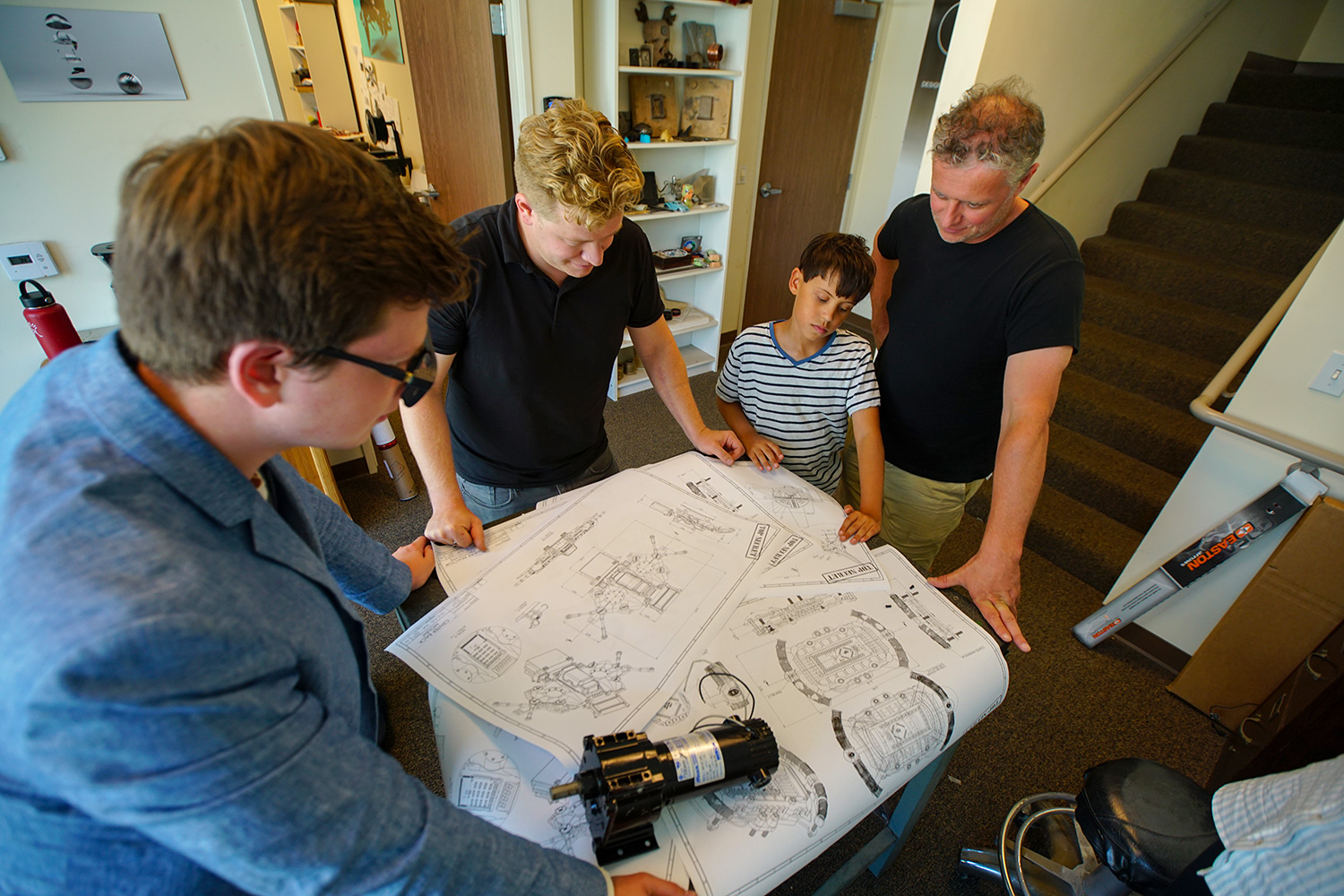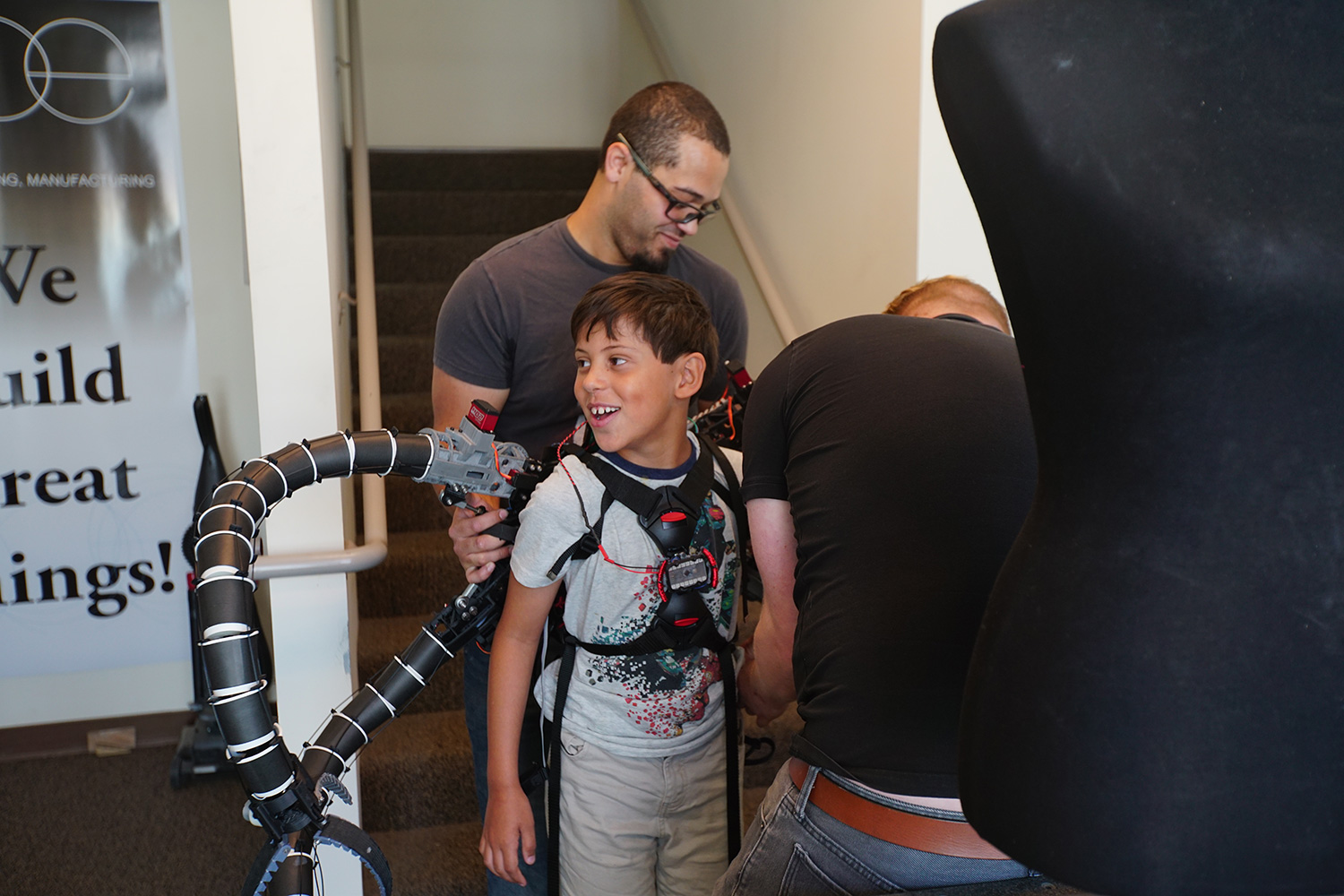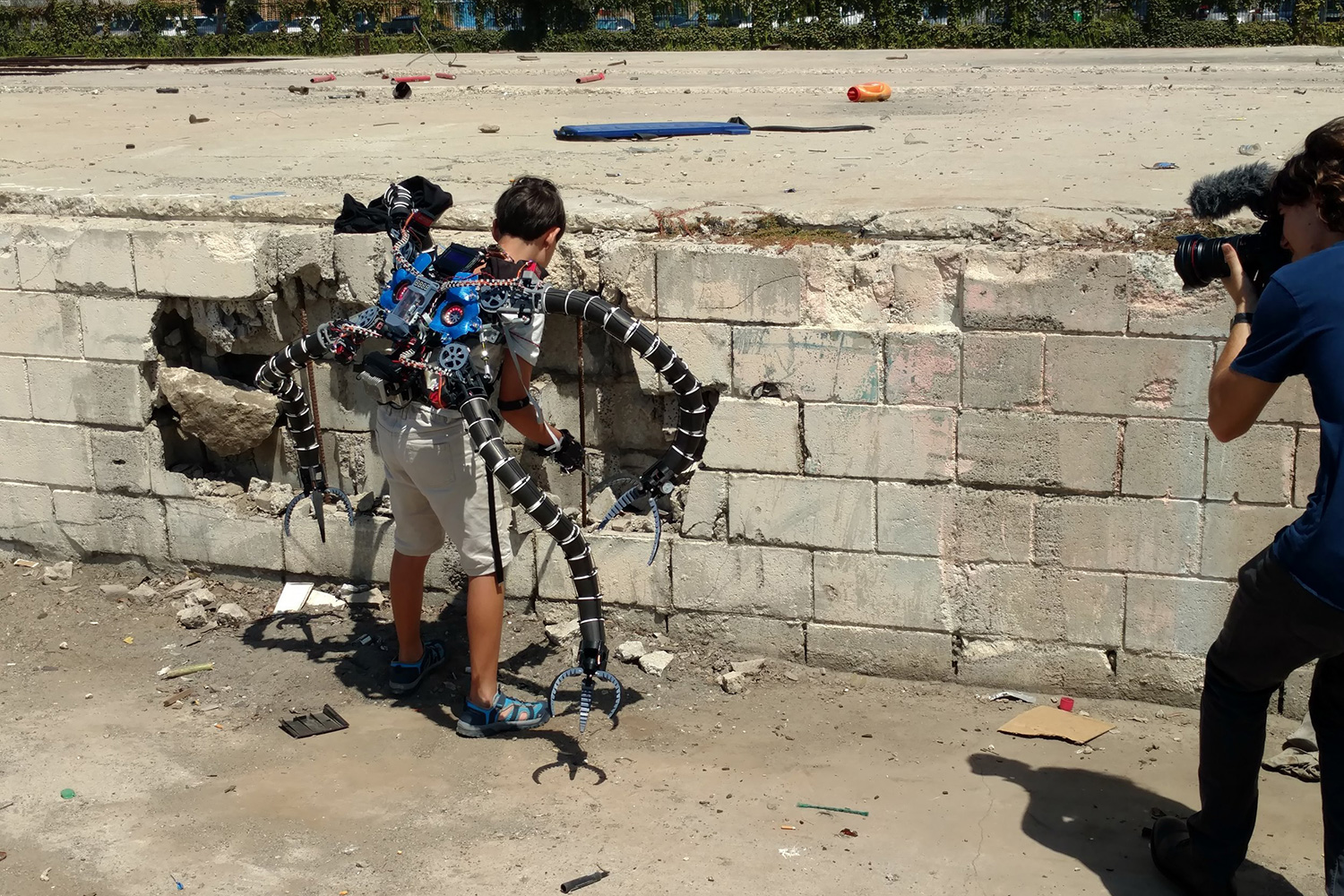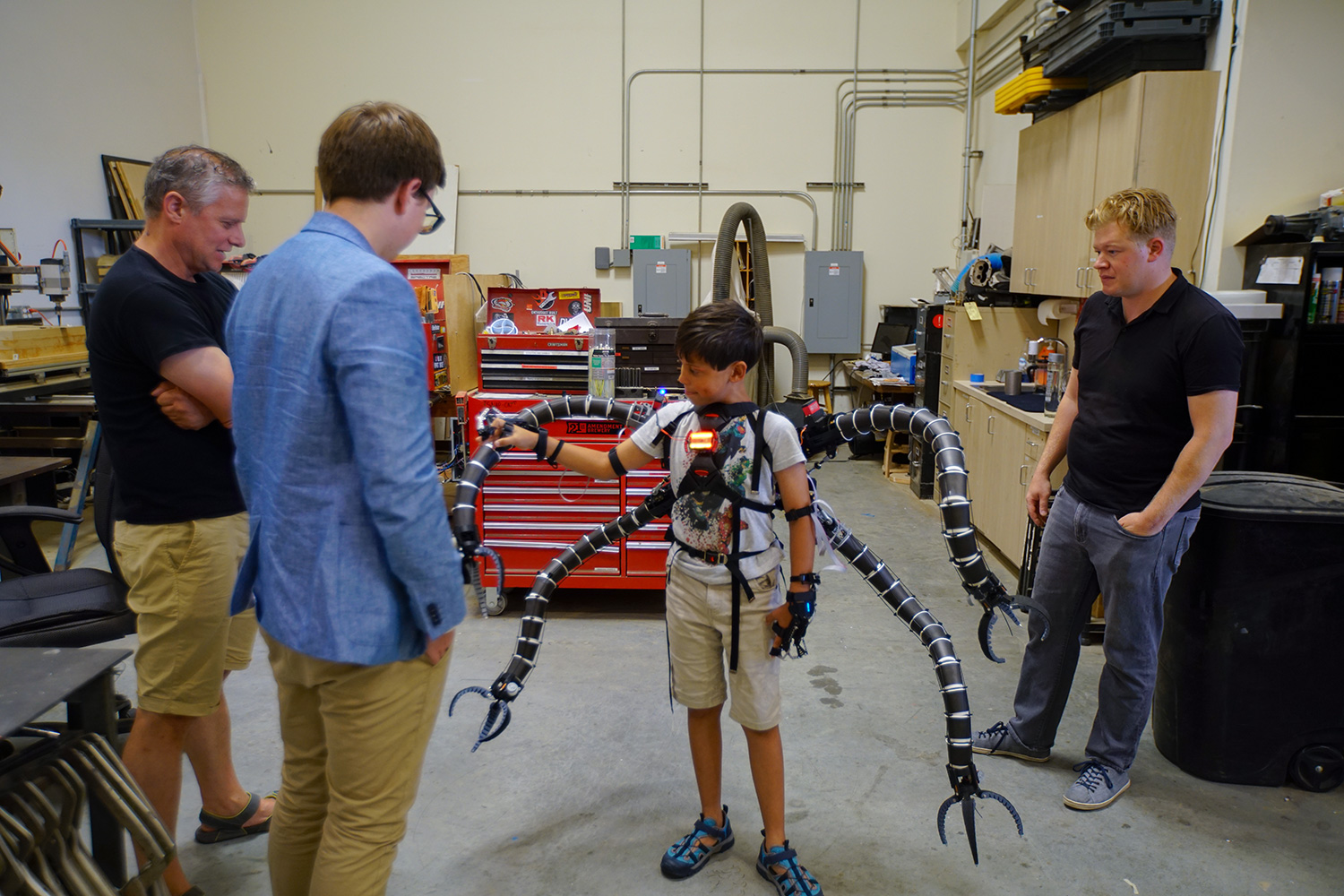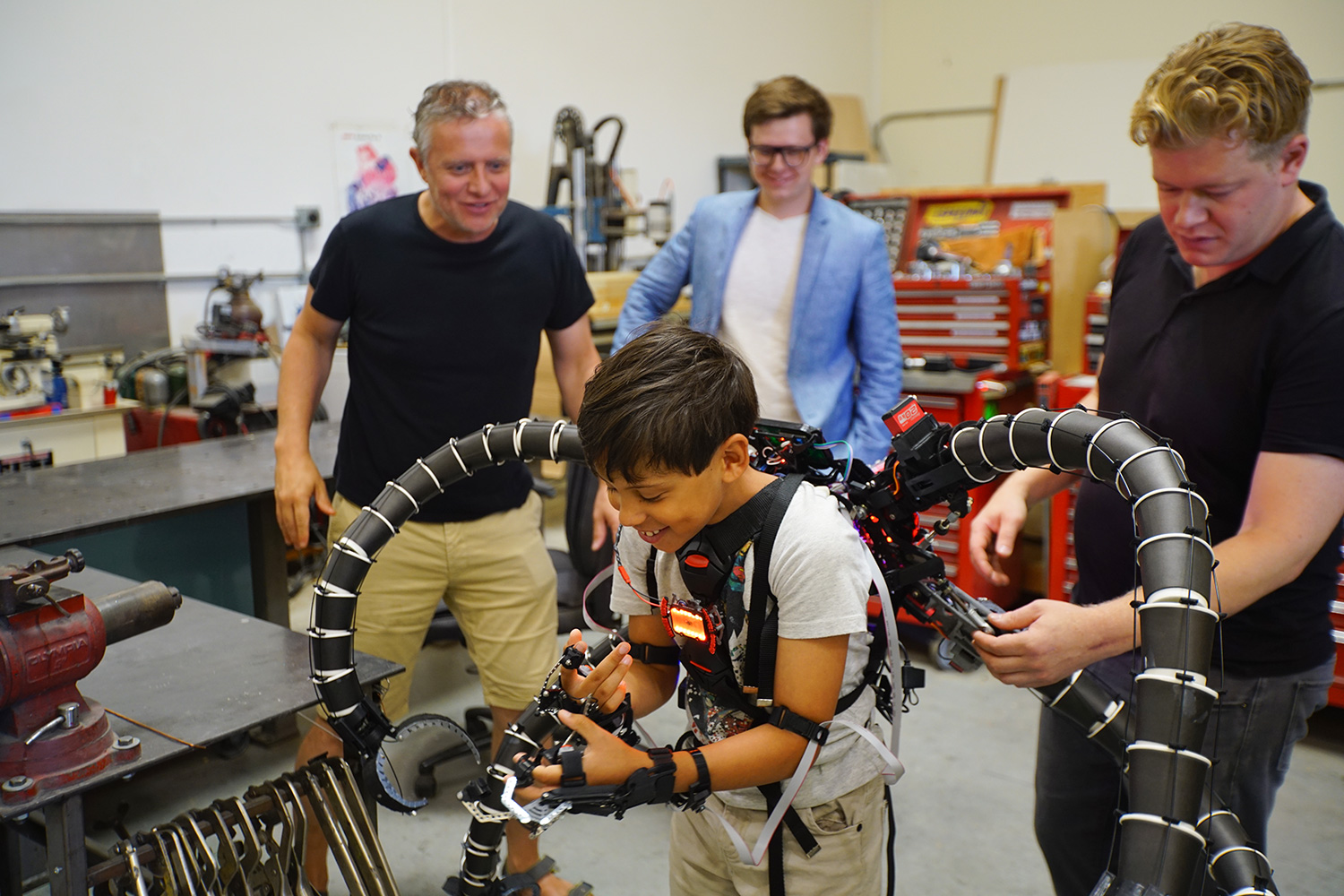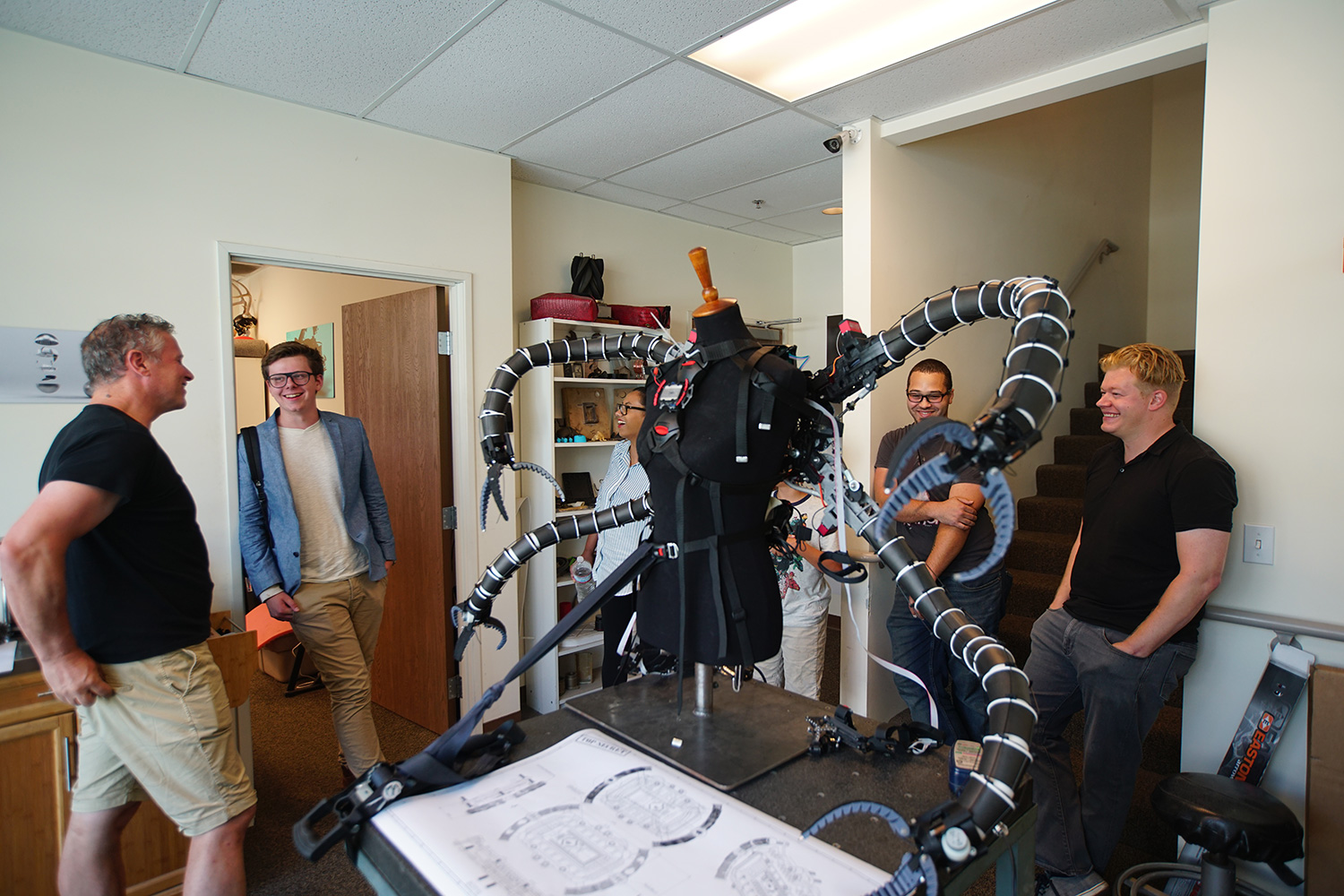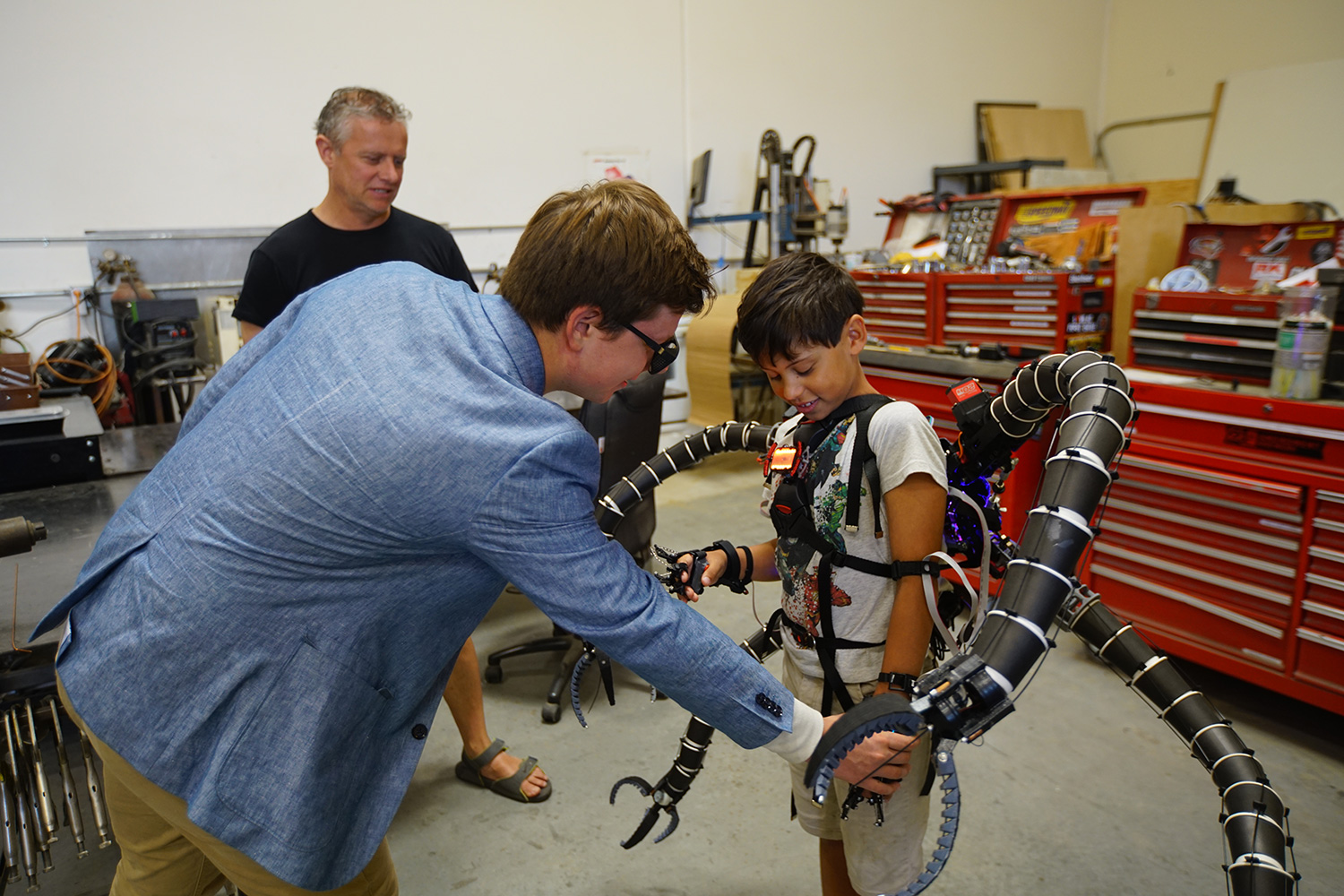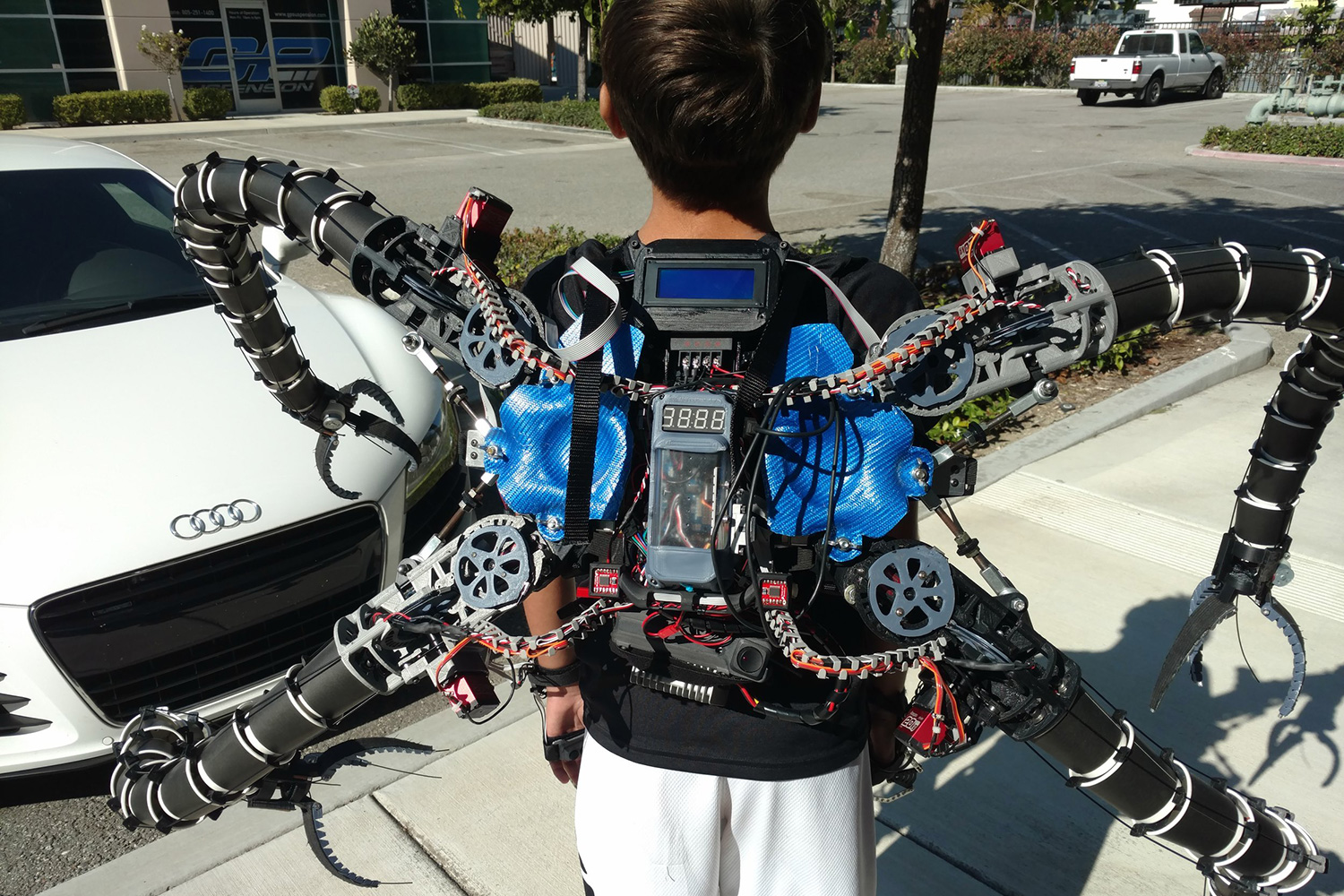What would you do with $3.3 million in the bank? Actually, let us rephrase that: What would you do with $3.3 million in the bank as a 19-year-old kid? If you’re anything like Erik Finman, the answer is simple: you build a robotic suit. But more on that later.
If Finman’s name sounds faintly familiar it’s because he is known in certain internet circles for being the world’s youngest bitcoin millionaire. He’s that fabled — both fêted and jealously hated — of things: the “early adopter” success story. Aged 12, while most of us were still putting away childish things at middle school, Finman was being introduced to cryptocurrency in a somewhat unlikely way: at an anti-capitalist protest.

“My oldest brother took me,” he told Digital Trends. “When we were in the middle of getting tear gassed, I was learning about bitcoin. Bitcoin was revolutionary, it was all about ‘keeping down Wall Street, bro.’” A bit like the countercultural impulse which sparked the early personal computer industry, bitcoin arose out of a distrust of centralized government and politicians’ ability to manage the world. “Couldn’t we do a better job ourselves?” the early bitcoin enthusiasts wondered. And, at least as far as 12-year-old Finman was concerned, yes they could.
Bitcoin wasn’t, he said, too difficult to get into at the time, provided that you knew about it. Heck, there were things called bitcoin faucets, which handed out free bitcoin to whoever was interested. Finman was interested, and when his grandmother gave out $1,000 of inheritance money to her grandchildren, he spent it all on the fledgling cryptocurrency; then just three years old.
When his grandmother gave out $1,000 of inheritance money to her grandchildren, he spent it all on cryptocurrency.
“People knew it would go up, and thought they would make money on it, but they didn’t [necessarily] see it as an investment,” he continued. “People said it would go up to $100 one day, or $200, or $10,000 or $1 million. They’d say that, but they didn’t truly, truly believe that.” Finman likens the belief in bitcoin to our desire for world peace. “You hope for world peace, but you kind of don’t expect it at the same time.”
Elon Musk meets Martin Shkreli
https://www.instagram.com/p/Bc-QpsYnKt4/?taken-by=erikfinman
Before long bitcoin was everything to Finman. He hated school and his teachers. “School just wasn’t for me,” he said. “I had one teacher who told me to drop out and go work in McDonald’s, because that was all I was going to amount to in life.” Eventually he dropped out altogether, although he didn’t immediately take up the job of short-order fry cook. Instead, he spent hours studying bitcoin’s fluctuations online. When he started out, a single bitcoin cost around $10.
His $1,000 therefore gave him 100 bitcoins, which he worked hard to grow to hundreds of coins. “It was like in a video game where you’re trying to collect more and more points. I was collecting more and more coin.” Aged 15, he sold around $100,000 worth of bitcoin and started an online business, linking up different thinking students like himself with virtual teachers around the world. Naturally, his new business accepted bitcoin as payment. And the collection grew.
So did the valuation: creeping up all the time as more and more folks started to hear about it. “When it went up to $20, I was excited,” Finman said. “When it hit $100 and then $300, those were huge milestones. That was a fun time. It was unstoppable.” At its height, on 15 December 2017, a single bitcoin reached $17,900. (Its price quickly dropped by one-third in 24 hours, and today is around the $8,200 mark.) At present, Finman owns 401 bitcoins, which carries a current value of just under $3.3 million.
Finman made an agreement with his parents — both of whom hold Ph.Ds — that if he had made his first million by 18 he wouldn’t have to go to college. He did, so he didn’t. Instead, he did what plenty of young brash internet-savvy rich kids would do. He travelled. He took part in a Reddit AMA and gave a TedX talk. He was the subject of articles for websites like Bro Bible with titles such as “This 18-Year-Old High School Dropout Is Now A Millionaire Thanks To Investing In Bitcoin.”
He posted Instagram-filtered pictures of himself stepping off private jets or lounging on a bed covered in dollar bills like a figurative mashup of characters from American Beauty and American Psycho. When “haters” complained about the latter photo, he dismissed the picture as “sarcastic and satirical,” and issued a statement saying that, “I’m sorry for posting photos on a bed of dollars intead of a pile of bitcoin.” Which is to say, it wasn’t an apology at all.
He cultivated a personality online that was one part Elon Musk, one part gangsta rap cliché, one part “Pharma bro” Martin Shkreli, and the remainder one of those unskippable YouTube ads featuring a guy with expensive cars lined up in the background, talking about how you (yes, you!) can turn your life by following his example.
Turning to the light side
But this is where the robot suit comes into it and, with it, what hints at the maturation of Erik Finman. The suit, which is really more of a wearable robotic prostheses, is modeled on the four-armed contraption belonging to Doctor Octopus in the Spider-Man comics. The idea is that these highly advanced mechanical arms can give their wearer the ability to augment their abilities with the addition of four extra limbs.
Finman’s exosuit was created using 3D printing, with the arms controlled via rear-mounted microcontrollers and eight motors which power the thing; driving its arms and allowing it to lift objects. The user controls the arms using the two middle fingers on each hand, fitted into a glove which allow all four arms to be manipulated on multiple axis. But, crucially, this wasn’t created for Finman.
It was made for a 10-year-old kid named Aristou Meehan.
Meehan is the son of one of Finman’s mentors, who suffers from hypermobility issues. “He was incredibly strong because of that,” he said. “He came up with this idea — because he’s a huge comic book fan, a huge Spider-Man fan — of having his own Doctor Octopus suit. He said that would solve my problems. I thought that was such a smart idea and sweet. For me, it would have been so great if someone had helped me at that age. So I felt like a kindred spirit in a lot of ways.”
Finman invested some of his bitcoin money in building the suit, and worked with a “ragtag team of engineers” to make it a reality. Meehan couldn’t have been more thrilled with the result, which he debuted at Comic-Con to much acclaim. Right now, it’s not exactly practical as more than a tech demo (although Finman makes a point of noting that it’s made Meehan “incredibly popular at school”).
However, he hopes to expand the project into a more practical device which could be used in a variety of different ways. “Right now, it’s like a concept car,” he said. “But I’ve been talking with a lot of people who are interested in doing more with it.” He is additionally planning on open-sourcing the design in the near future.
Finman has also bought back his old company Botangle, the one he sold at 15 years old, and aims to make it into a leading education platform. What could be better than helping out other kids to get the education they deserve?
More moonshots, less Jäger shots
So is the self-styled teen bitcoin bad boy turning good? Perhaps. Ultimately, Erik Finman casts a light on the intriguing next generation of hopeful entrepreneurs: an internet-savvy iGen representative whose vision of success is a blend of Google moonshots and, well, Jäger shots. Will the former increasingly outweigh the latter in terms of his priorities?
Under the overcompensating bombast, Finman is a smart guy with his heart in the right place.
We think so, and the evidence is hopefully beginning to mount that it will. Under the overcompensating bombast, Finman is a smart guy with his heart in the right place — and the brains and resources to make a lot of his dreams happen.
Even if, secretly, his story just makes us wish we’d invested in bitcoin back in the day!






